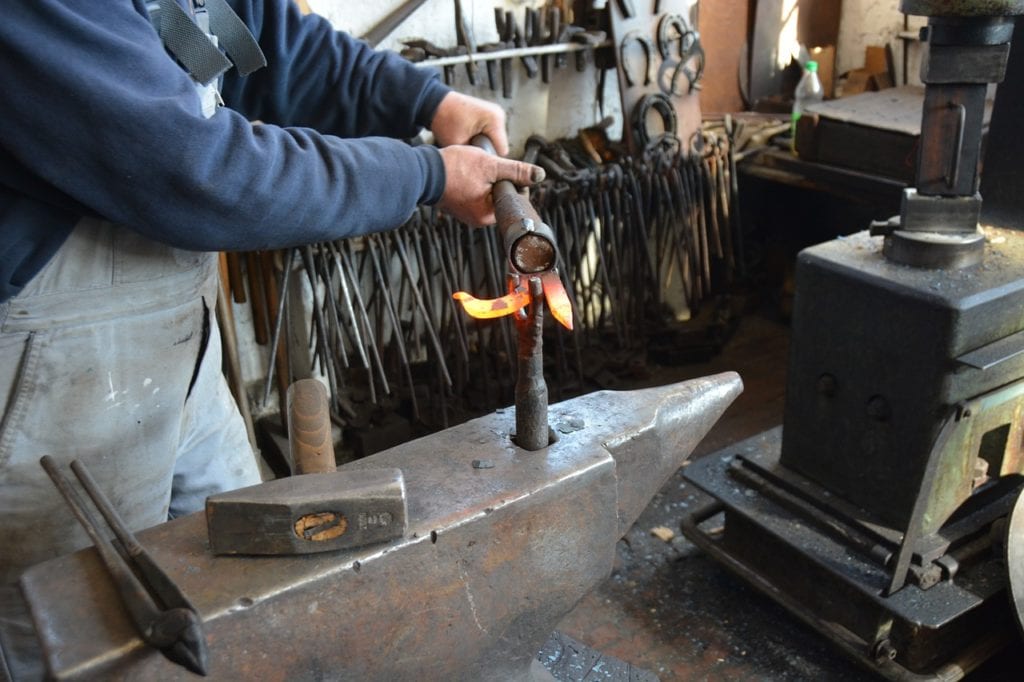What Makes Metal So Malleable and Good for Springs?

The defining characteristic of a spring is its “springiness.” The answer as to why this is the case is clearly because of the metal it is made of, but why is metal so malleable? What gives it the ability to be molded into certain shapes and wire forms? While we normally focus on custom spring design, today we are taking a look at the metal that makes springs and having a quick look at what gives it the malleability it is so well known for.
What Makes Metal Malleable?
To answer this, it’s essential to first answer what allows for malleability. Something is malleable (can be beaten into sheets) and ductile (can be spread into wires) when the atoms that make up its physical composition can be moved around, allowing the material to be formulated into different shapes.
But that’s not all.
The most important component of malleability is that the material will not break or crack. It’s easy to change the form of something by breaking it, but truly malleable objects will not break (i.e. the atoms will not permanently separate from one another).
Heat it the Key
Metals are malleable when they are heated because of their chemistry. They can be formed into many shapes without breaking. Most metals are malleable, but different metals have different levels of malleability. Gold, silver, aluminum, iron and copper are notoriously malleable, while tin is known as being less malleable because of its brittleness. The structure of most metals is that their atoms are formed into organized layers. These layers can be rolled over one another without breaking their bonds (usually when heated), allowing the material to be molded and shaped at will. This is why you see metal workers (particularly blacksmiths) heating metal and folding it over on itself multiple times.
The Chemistry Behind the Process
The atoms within metals can be rolled over onto one another and placed into new positions without breaking the metallic bonds. This is because metals have free negative electrons that surround positive metal ions. When pressure is applied, these electrons ensure that the atoms stay glued together, making the material both malleable and ductile without breaking apart or becoming brittle!
Fascinating, right? That’s what makes metal the perfect material for spring manufacturing. There are plenty of types of wire to choose from, and The Yost Superior Co. can help you chose the right one for your custom springs! Contact us today and let us know what you need!